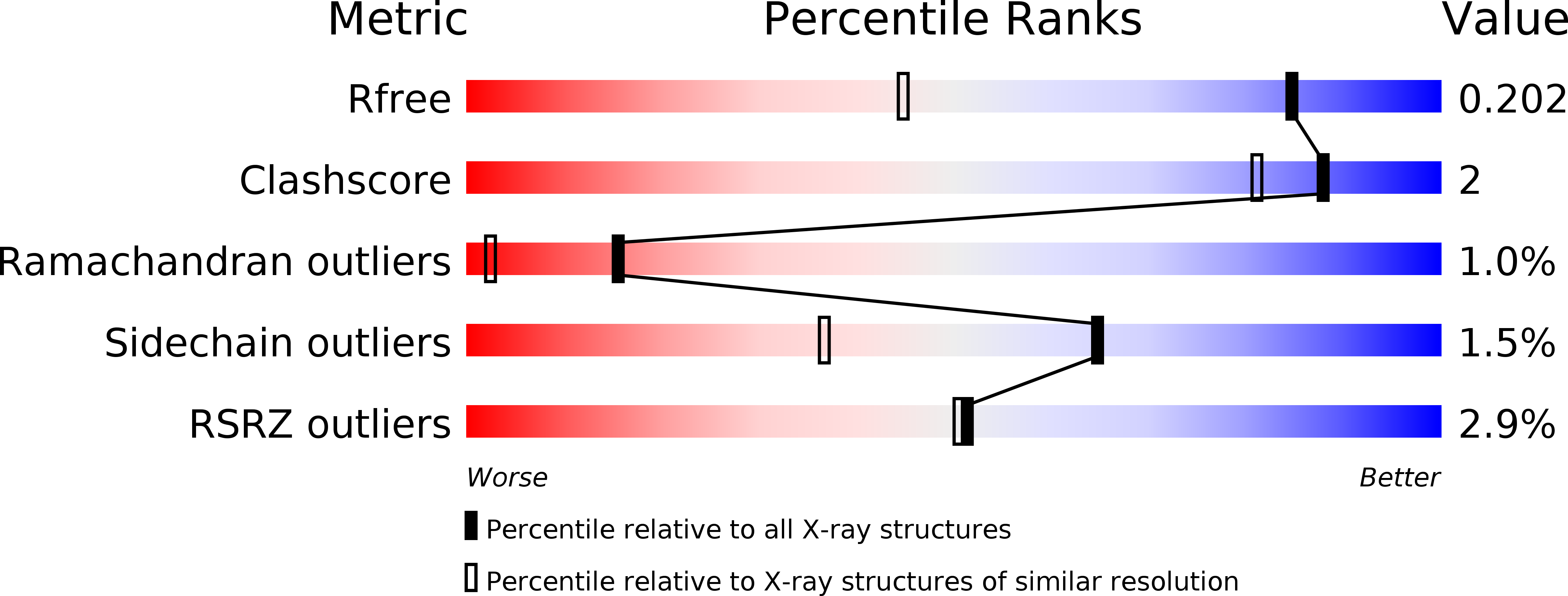
Deposition Date
2019-03-29
Release Date
2019-11-13
Last Version Date
2024-10-23
Entry Detail
Biological Source:
Source Organism:
Tannerella forsythia (Taxon ID: 28112)
Host Organism:
Method Details:
Experimental Method:
Resolution:
1.40 Å
R-Value Free:
0.18
R-Value Work:
0.16
R-Value Observed:
0.16
Space Group:
P 21 21 21


